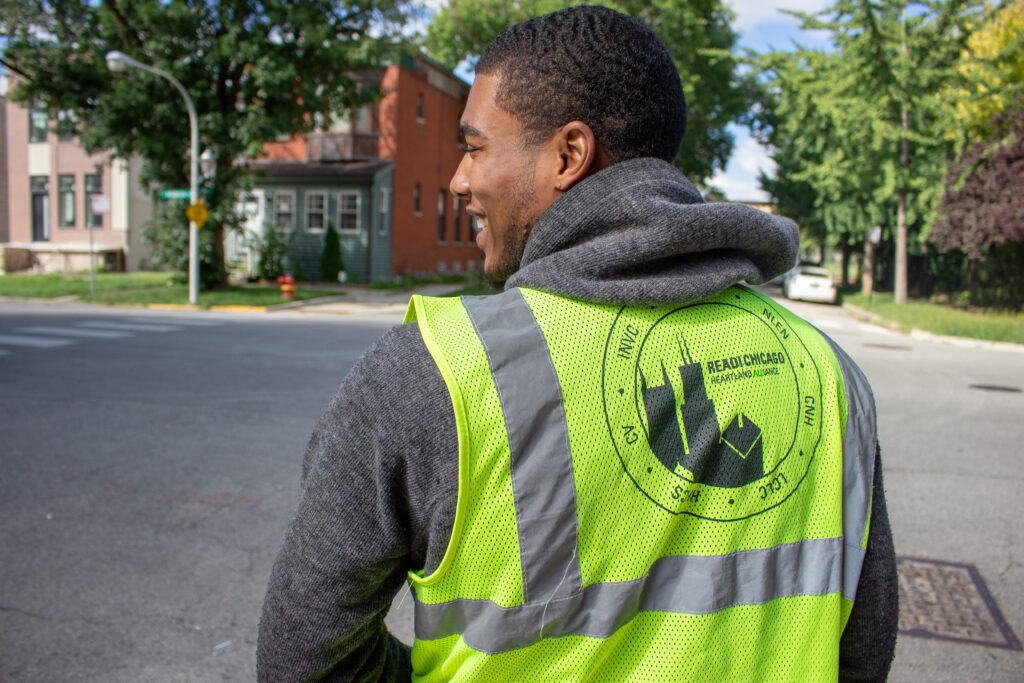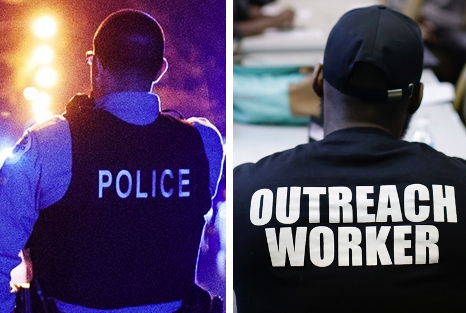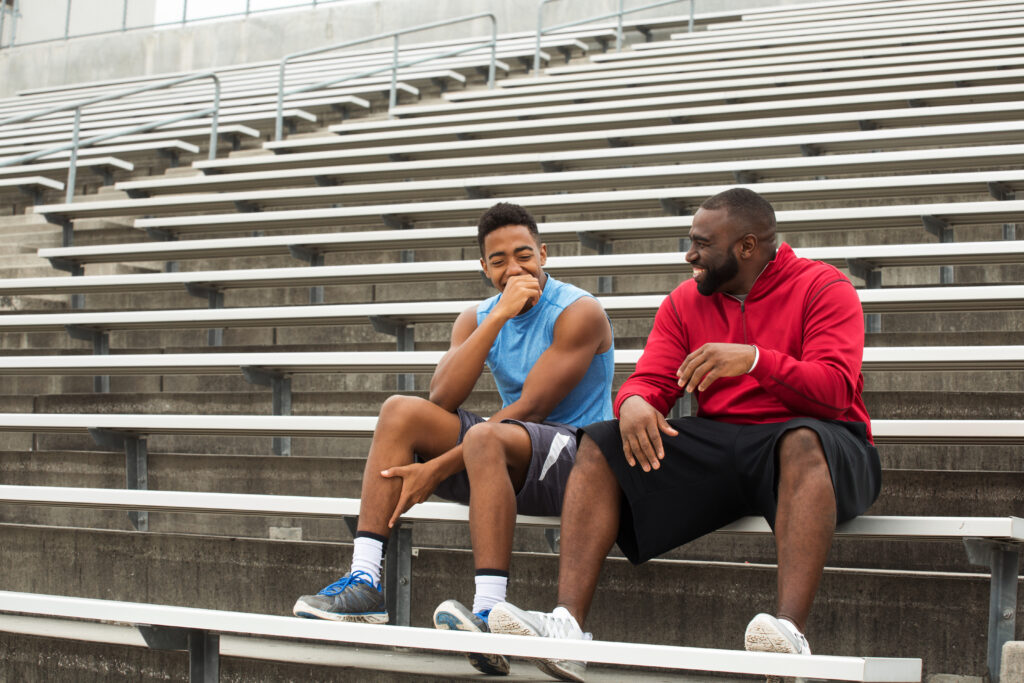Community Violence Intervention
Through a combination of street outreach by credible messengers and behavioral science-informed interventions, community violence intervention (CVI) programs help de-escalate stressful situations before they lead to violence.
The vast majority of gun homicides in America result from arguments that spiral out of control and turn deadly when a gun is present. That’s why CVI programs, such as behavioral science-informed interventions, can significantly reduce violence involvement by helping people cope with untreated trauma and learn to de-escalate conflicts. Given how little we know about alternative responses to gun violence — and the very high costs this violence imposes on our most vulnerable communities — this promise provides a clear rationale to continue studying the CVI model.
The Crime Lab conducts rigorous evaluations of CVI programs and works to find ways to make them even more effective at reaching the individuals at greatest risk of violence, providing the right supports to improve outcomes, and scaling those successes.
Becoming a Man, a program delivered by Youth Guidance that provides young people with behavioral science-informed interventions, can reduce violent crime arrests by nearly 50%.
Our evaluation of READI Chicago, delivered by Heartland Alliance, estimated a return of $4-$20 in social good to society for every $1 spent on the program
Rapid Employment and Development Initiative (READI) Chicago
READI Chicago is a gun violence reduction initiative that provides almost two years of intensive programming to men at the highest risk of shooting or being shot.

Community Safety Leadership Academies
The Community Safety Leadership Academies, composed of the Policing Leadership Academy and Community Violence Intervention Leadership Academy, aim to educate police and community violence intervention leaders.

Choose to Change®
The Choose to Change® program combines trauma-informed therapy with wraparound supports and aims to reduce youth violence while improving educational outcomes outside of an institutional setting.

Youth Advocate Programs
The Crime Lab and Education Lab, in partnership with Youth Advocate Programs, Inc. (YAP), conducted a randomized controlled trial of YAP’s wraparound advocacy services to evaluate the program’s impact on youth academic outcomes and violence engagement outcomes.

Latest Updates
Curbing gun violence in Chicago doesn’t require that we first end poverty
Crime Lab leaders Katie Hill and Jens Ludwig penned an op-ed in the Chicago Tribune highlighting the root causes of gun violence and the growing body of research showing that increased neighborhood vibrancy generates surprisingly large changes in the prevalence of gun violence, by as much as 30%.

A fighting chance
In The University of Chicago Magazine’s Fall ’25 issue, Susie Allen profiles Crime Lab Pritzker Director Jens Ludwig to discuss his book, “Unforgiving Places,” which challenges conventional wisdom on gun violence and suggests new approaches to solving the problem.

Researchers: Violence intervention and policing should complement, not compete against, each other
The Crime Lab’s Executive Director Katie Hill and Pritzker Director Jens Ludwig discuss evidence-based solutions to crime, including violence intervention and data-driven policing, in an op-ed for the Chicago Tribune.

